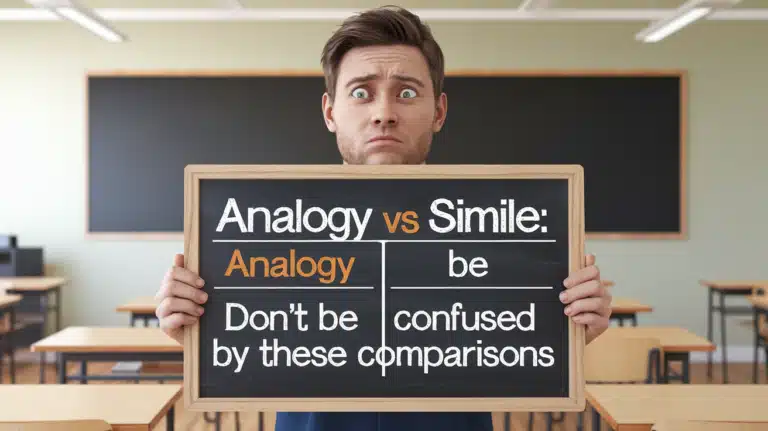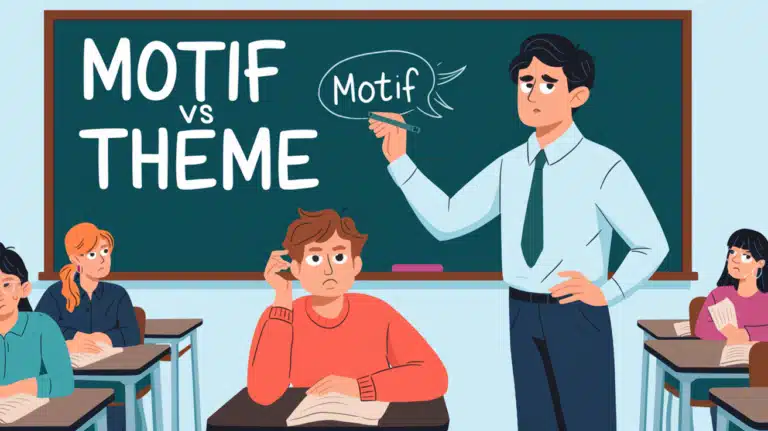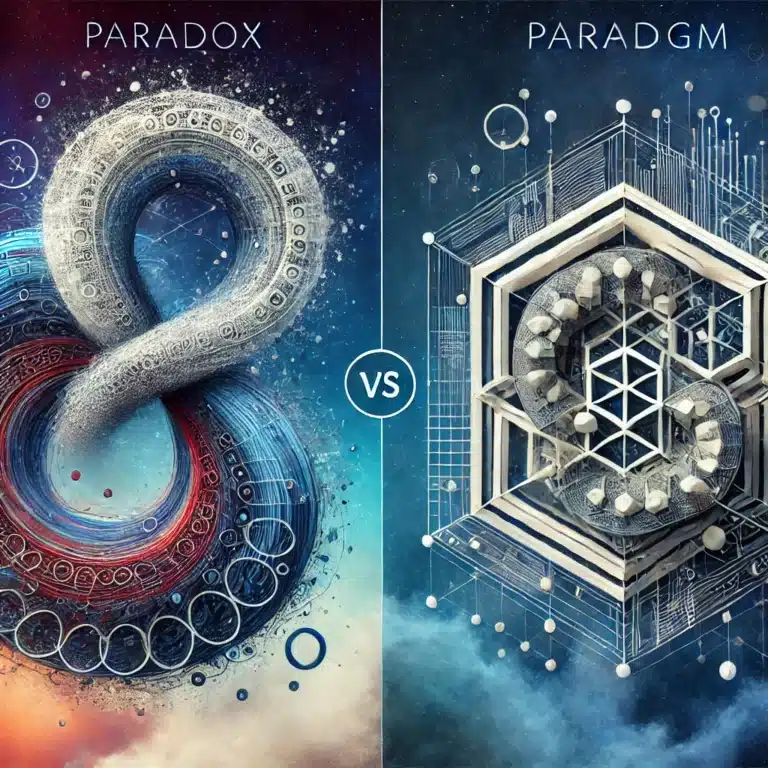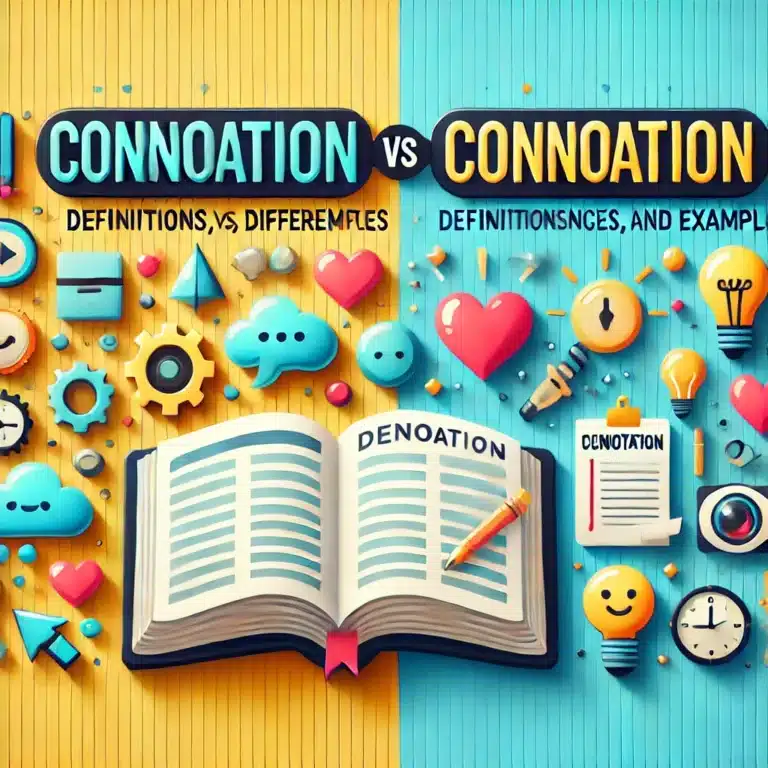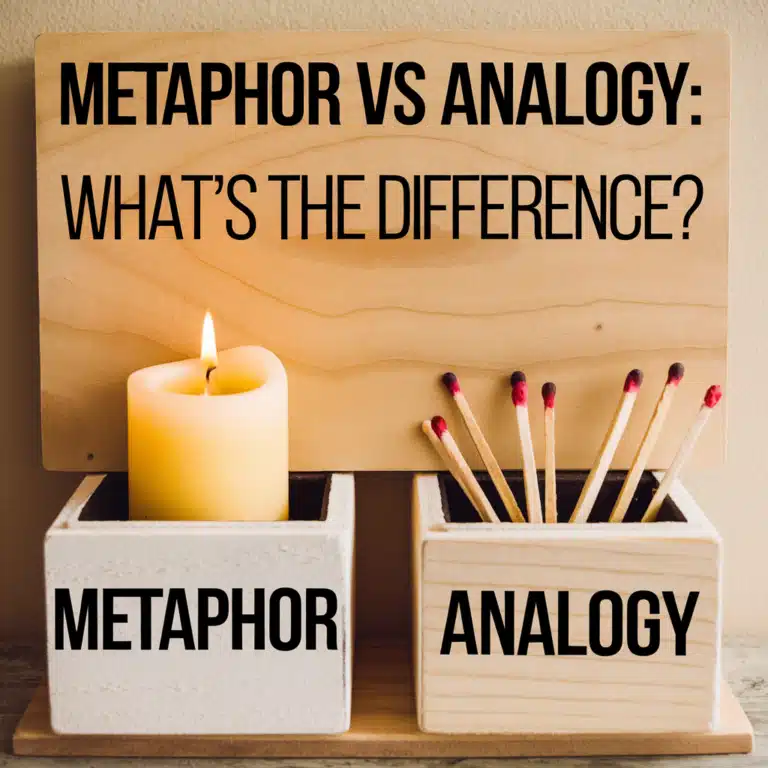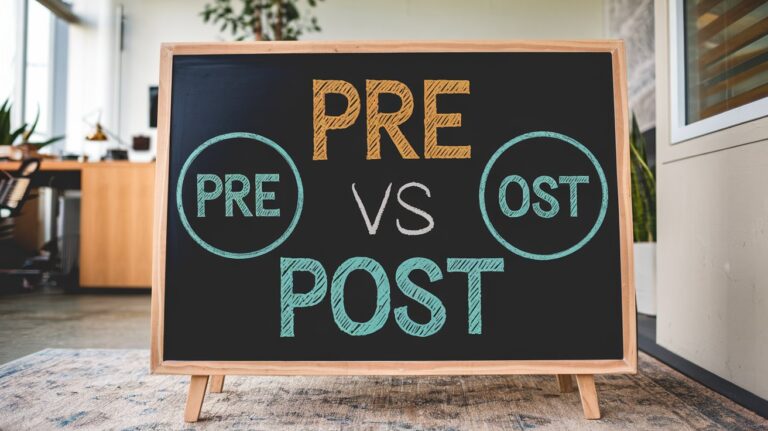Antithesis vs Juxtaposition: Mastering the Art of Contrast in Writing
In the world of literary techniques and writing tools, few devices are as powerful as antithesis and juxtaposition. These two methods of creating contrast can breathe life into your prose, evoke emotions, and leave a lasting impression on your readers. But what exactly sets them apart? Let’s dive deep into the world of contrasting ideas and side-by-side comparisons to unravel the mysteries of these compelling rhetorical devices.
The Power of Contrast in Language
Imagine reading a passage where every sentence flows with perfect harmony, each idea seamlessly blending into the next. Sounds nice, right? But after a while, it might start to feel… boring. That’s where contrast comes in, shaking things up and keeping your audience on their toes.
“In the world of writing, contrast is the spice that brings flavor to the bland soup of uniformity.” – Anonymous
Antithesis and juxtaposition are two of the most effective tools for creating this much-needed contrast. They work in different ways, but both pack a powerful punch when it comes to emphasizing differences and enhancing writing.
Antithesis: The Art of Opposition
Antithesis is all about opposites. It’s a rhetorical device that places contrasting ideas side by side within a single statement, often in a parallel structure. The result? A striking emphasis on the differences between the two concepts.
Key Characteristics of Antithesis:
- Parallel structure
- Direct opposition of ideas
- Often used in a single sentence or phrase
- Creates a memorable, rhythmic effect
The Rhetorical Impact of Antithesis
Antithesis isn’t just about sounding clever. It serves several important functions in writing:
- Emphasis: By presenting opposing ideas together, antithesis highlights the contrast between them.
- Memorability: The rhythmic, balanced structure of antithetical statements makes them stick in the reader’s mind.
- Persuasion: Antithesis can be a powerful tool in argumentation, helping to clarify and strengthen a point.
Notable Examples of Antithesis
Let’s look at some famous examples of antithesis in action:
- “To err is human; to forgive, divine.” – Alexander Pope
- “Ask not what your country can do for you – ask what you can do for your country.” – John F. Kennedy
- “Float like a butterfly, sting like a bee.” – Muhammad Ali
Each of these examples pits two opposing ideas against each other, creating a memorable and impactful statement.
Historical Origins of Antithesis
Antithesis has been a favorite tool of writers and orators since ancient times. Its origins can be traced back to classical rhetoric, where it was considered one of the most effective means of persuasion.
Fun Fact: The Greek philosopher Aristotle was a big fan of antithesis, praising its ability to present arguments clearly and persuasively in his work “Rhetoric”.
Juxtaposition: Side-by-Side Comparisons
While antithesis focuses on direct opposites, juxtaposition casts a wider net. This literary device involves placing any two or more elements side by side to create a comparison or contrast.
Unpacking the Concept of Juxtaposition
Juxtaposition doesn’t require the elements to be opposites. They just need to be different enough that placing them together creates an interesting effect or reveals something new about both elements.
Read More About: Afterward vs Afterwards: Understanding the Key Differences
How Juxtaposition Creates Meaning and Emphasis
Juxtaposition works by:
- Highlighting similarities or differences
- Creating irony or humor
- Revealing hidden connections
- Challenging expectations
Diverse Examples of Juxtaposition
Juxtaposition isn’t limited to writing. It’s a versatile technique used across various media:
| Medium | Example |
|---|---|
| Literature | In “A Tale of Two Cities”, Dickens juxtaposes London and Paris |
| Art | Magritte’s “The Son of Man” juxtaposes a man in a suit with an apple covering his face |
| Film | In “The Shawshank Redemption”, the grim prison setting is juxtaposed with themes of hope and freedom |
The Psychological Effect of Juxtaposition
Juxtaposition taps into our brain’s natural tendency to make connections and find patterns. When we see two elements side by side, we can’t help but compare them, often leading to new insights or perspectives.
Antithesis vs. Juxtaposition: Explore the Differences
Now that we’ve explored each technique individually, let’s break down the key differences:
- Scope: Antithesis typically operates at the sentence level, while juxtaposition can span larger portions of text or even entire works.
- Structure: Antithesis often uses parallel structure, while juxtaposition is more flexible.
- Opposition: Antithesis requires direct opposites, while juxtaposition can use any contrasting elements.
- Intent: Antithesis aims to emphasize opposition, while juxtaposition can create various effects, from contrast to irony to humor.
Mastering the Use of Antithesis and Juxtaposition
Ready to try your hand at these powerful techniques? Here are some tips:
Crafting Effective Antithetical Statements
- Balance is key: Aim for symmetry in your sentence structure.
- Choose clear opposites: The contrast should be immediately apparent.
- Use parallel structure: This enhances the rhythmic quality of the statement.
Creating Powerful Juxtapositions
- Think beyond opposites: Look for unexpected combinations that reveal something new.
- Consider context: The same juxtaposition might have different effects in different contexts.
- Use sensory details: Vivid descriptions can make your juxtapositions more impactful.
Combining Antithesis and Juxtaposition
For maximum impact, try using both techniques together. For example:
“In the depths of winter, I finally learned that within me there lay an invincible summer.” – Albert Camus
This quote juxtaposes winter and summer while also using antithesis to contrast the external season with internal feelings.
Real-World Applications
These techniques aren’t just for literature. They’re used effectively in various fields:
- Advertising: Juxtaposing before and after images, or using antithesis in slogans (“Get more, pay less”)
- Political speeches: Using antithesis for memorable soundbites
- Visual arts: Juxtaposing contrasting colors or themes
- Music: Contrasting loud and soft sections, or happy and sad lyrics
Common Pitfalls and How to Avoid Them
Even experienced writers can stumble when using these techniques. Here are some common mistakes and how to avoid them:
- Overuse: Use these techniques sparingly for maximum impact.
- Forced contrasts: Make sure your comparisons feel natural and meaningful.
- Confusion: Don’t mix up antithesis and juxtaposition. Remember, antithesis is about direct opposites, while juxtaposition is broader.
When and Where to Deploy These Devices
Knowing when to use antithesis and juxtaposition is just as important as knowing how. Here are some guidelines:
Suitable Contexts for Antithesis
- Persuasive speeches
- Argumentative essays
- Memorable quotes or slogans
Ideal Situations for Juxtaposition
- Descriptive writing
- Character development in fiction
- Visual arts and design
Instances Where Both Can Be Used Together
- Opening paragraphs to grab attention
- Concluding statements to leave a lasting impression
- Throughout a work to develop a theme of contrast or duality
The Future of Antithesis and Juxtaposition
As our methods of communication evolve, so too do these timeless techniques:
- Digital Media: Memes often rely on juxtaposition for humor
- Social Platforms: Twitter’s character limit has led to a resurgence of pithy, antithetical statements
- AI Writing: As AI language models advance, we may see new and creative uses of these techniques
Conclusion: Mastering the Art of Contrast
Antithesis and juxtaposition are more than just writing tools – they’re powerful ways of thinking about and presenting ideas. By mastering these techniques, you can:
- Create more engaging and memorable writing
- Develop stronger arguments
- Encourage readers to see things from new perspectives
Remember, practice and thoughtful application are key to using these devices effectively. So go forth and experiment – your writing will thank you!
Interactive Element: Test Your Knowledge
Ready to put your new knowledge to the test? Try identifying whether each of the following examples is antithesis, juxtaposition, or both:
- “It was the best of times, it was the worst of times.” – Charles Dickens
- A photo of a luxury car parked in a run-down neighborhood
- “United we stand, divided we fall.”
- A story that alternates between past and present timelines
- “One small step for man, one giant leap for mankind.” – Neil Armstrong
(Answers: 1. Both, 2. Juxtaposition, 3. Antithesis, 4. Juxtaposition, 5. Antithesis)
By understanding and applying the principles of antithesis and juxtaposition, you can take your writing to new heights, creating vivid comparisons and thematic contrasts that will captivate your readers and leave a lasting impression.


